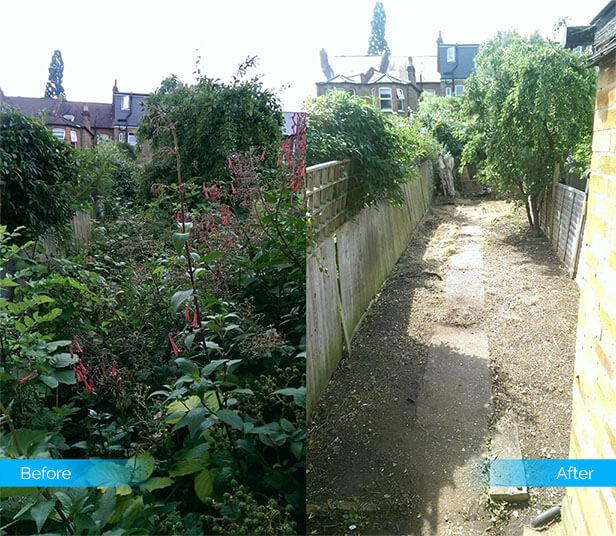When you’re planning your concreting project, timing’s essential, and it goes beyond just picking a day. You need to assess weather conditions, understand seasonal factors, and be aware of local regulations that could impact your timeline. You’re aiming for ideal curing temperatures and must avoid extremes that can compromise your work. But what happens when unexpected delays arise, or the forecast suddenly changes? Let’s explore how to navigate these complexities and make informed decisions that guarantee your project’s success.
Assessing Weather Conditions
When planning a concreting project, evaluating weather conditions is essential for achieving excellent results. You need to pay close attention to local weather patterns and temperature fluctuations. It’s also crucial to consider professional help for the best outcome. For instance, you might consider the quality concreting services offered in Gold Coast to ensure your project is executed to perfection.
Extreme heat can cause your concrete to dry too quickly, leading to cracks, while cold temperatures may prevent it from curing properly. Preferably, aim for moderate temperatures between 50°F and 85°F for ideal curing.
Keep an eye on forecasts, especially for rain, as wet conditions can disrupt your work and compromise the concrete’s integrity. If you anticipate any drastic temperature changes, consider adjusting your schedule to guarantee the best conditions for laying and finishing your concrete.
Being proactive about weather can save you time and money in the long run.
Understanding Project Scope
Understanding the scope of your concreting project is vital for its success. Start by gathering stakeholder input to identify their needs and expectations. This will help you define the project’s objectives clearly and avoid misunderstandings later on.
Next, outline the specific tasks, timelines, and resources required to complete the project. Consider your project budget carefully; it’s important to align your scope with financial constraints to prevent overruns. Be realistic about what you can achieve within your budget and timeframe.
Regularly communicate with stakeholders throughout the process to guarantee everyone remains aligned. By thoroughly understanding your project’s scope, you’ll set a solid foundation for effective planning and execution, ultimately leading to a successful outcome.
Evaluating Local Regulations
Before diving into your concreting project, it’s vital to evaluate local regulations that could impact your work.
Start by checking the local permits required for your project, as these can vary considerably by area. You don’t want to face delays or fines because you overlooked this step.
Additionally, consider zoning regulations that may dictate where and how you can pour concrete. Some areas have specific restrictions on types of projects, so understanding these zoning considerations is important.
It’s also wise to consult with local authorities or a professional who can guide you through the requirements.
Timing for Optimal Curing
Achieving ideal curing for your concrete requires careful timing, as this process greatly influences the strength and durability of your project.
To optimize curing, you should aim for a curing temperature between 50°F and 90°F. This range promotes hydration, ensuring the concrete develops its full strength.
High humidity levels can be beneficial, as they help retain moisture, but if humidity drops too low, you risk rapid evaporation. In such cases, consider using curing compounds or wet coverings to maintain moisture.
Pay attention to local weather forecasts; avoid curing during extreme heat or cold.
Considering Seasonal Factors
Weather plays a significant role in your concrete project’s timing, especially when considering seasonal factors.
You’ll want to plan around temperature fluctuations and avoid the rainy season, as both can impact your project’s success.
Here are a few things to keep in mind:
- Cold Temperatures: If it’s too cold, concrete may freeze, leading to poor curing and strength issues.
- Heat Waves: High temperatures can cause rapid evaporation, which could compromise the curing process.
- Rainy Season: Rain can wash away freshly poured concrete or cause surface damage.
Planning for Unforeseen Delays
While you may have a detailed plan for your concreting project, it’s vital to acknowledge that unforeseen delays can still arise. To effectively manage these risks, you should incorporate contingency plans into your timeline. This means allowing extra time for unexpected weather, supply chain issues, or labor shortages.
Additionally, budget considerations are significant. Set aside a portion of your budget specifically for these unforeseen circumstances. This way, if delays occur, you won’t be caught off guard financially.
Regularly review your risk management strategies to make sure they remain relevant, adjusting them as necessary. By preparing for potential setbacks, you can keep your project on track and avoid costly disruptions, ultimately leading to a smoother concreting experience.






























